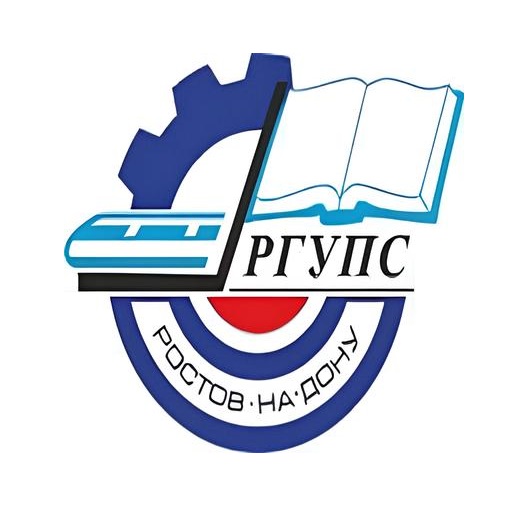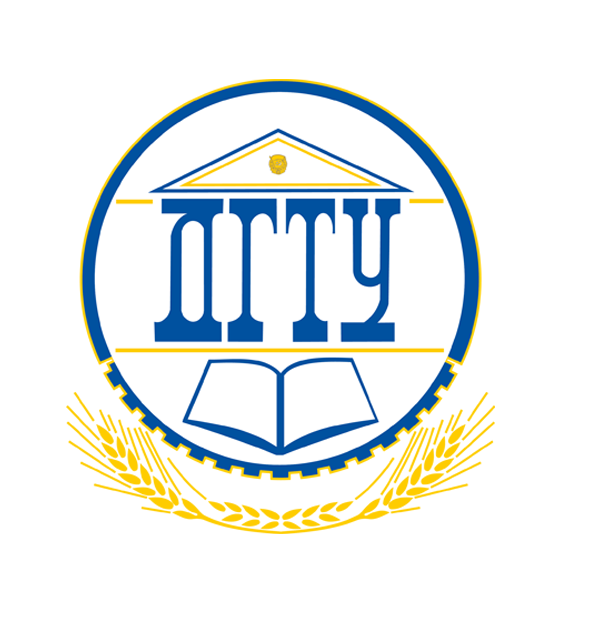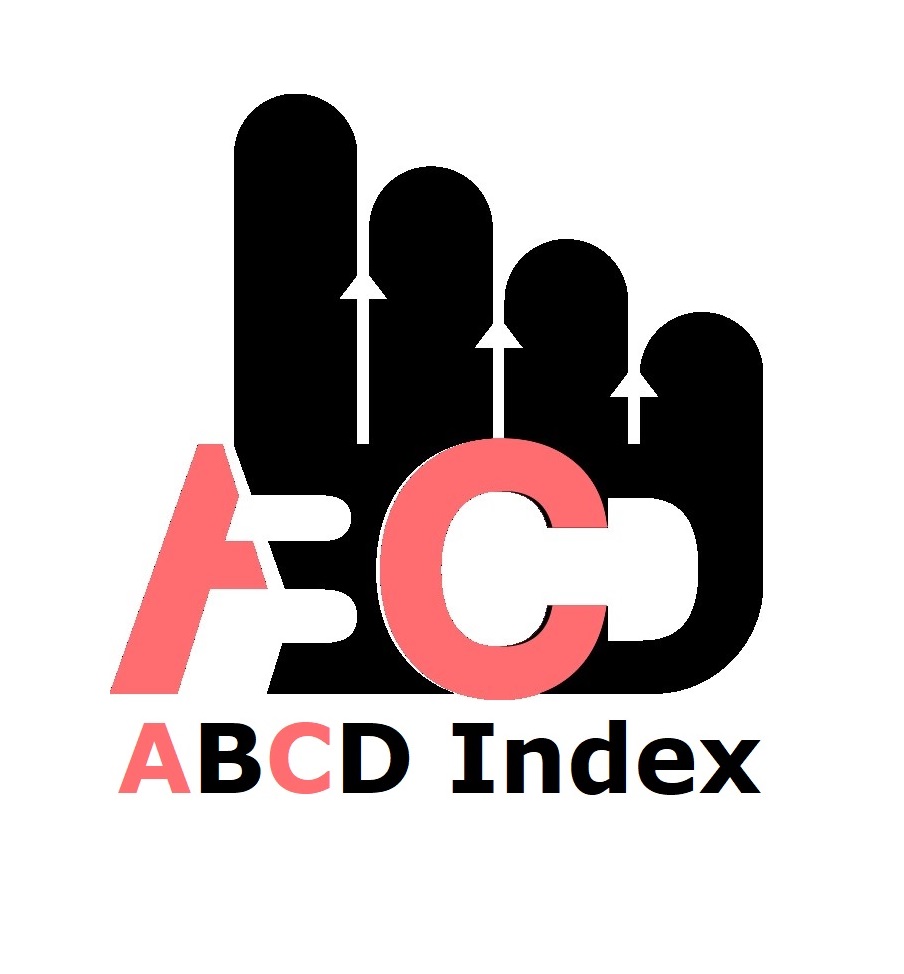Perceptions and Attitudes toward Staff Training Practices among Employees in Public Organizations in Tanzania: A Case Study of the Higher Education Students' Loans Board Headquarters in Dar es Salaam
Keywords:
Attitudes, Public Organizations’ Employees, Perceptions, Staff-Training-Practices, TanzaniaAbstract
This paper explores the less well-known perceptions and attitudes regarding staff training practices among employees of public organizations in Tanzania. The study, conducted at the Higher Education Students’ Loans Board (HESLB) Dar es Salaam Office, aimed to address three specific objectives: first, to examine the perceived roles of staff training practices among public organization employees; second, to assess employees’ attitudes toward these training practices; and third, to identify factors affecting the implementation of staff training practices in the study area. Utilizing a descriptive research design, data was collected from sixty (60) respondents through observations, interviews, and questionnaires. The study, guided by Human Capital Theory, revealed that the perceived roles of staff training practices included managing the risk of asset loss, ensuring reasonable job assurance, restructuring for future growth, compliance with laws and regulations, achieving organizational objectives, building a resilient competitive environment, ensuring financial reliability, and enhancing stakeholder value. The target population comprised 289 employees of HESLB, including both higher officials and regular employees. A simple random sampling technique was used to select a sample of 60 employees, representing approximately 5% of the total population, with 30 employees from each of the two selected departments: the Department of Administration and Human Resources and the Department of Loan Repayment and Recovery. Data analysis involved both quantitative and qualitative methods, with quantitative data analyzed using descriptive statistics and inferential analysis through SPSS software and qualitative data analyzed via thematic analysis. The study concluded that the majority of respondents viewed staff training practices as extremely useful and identified several individual, institutional, and economic factors influencing their implementation. Based on these findings, the study recommends that both private and public organizations regularly conduct human resources training and development practices to enable employees to continuously and effectively contribute to organizational performance and productivity.
Published
How to Cite
Issue
Section
Copyright (c) 2024 Fatuma Mohamedi, Kanty P.F. Mtey

This work is licensed under a Creative Commons Attribution-NonCommercial 4.0 International License.
Most read articles by the same author(s)
- Ruth Magesa, Kanty P.F. Mtey, The Effect of Work-Related Stress on Workers' Performance in Public Service Organizations in Tanzania: A Case Study of the Tanzania Fertilizer Regulatory Authority , African Journal of Empirical Research: Vol. 5 No. 3 (2024): Jul-Sep 2024
- Ruth Lawrence Mwakitalu, Kanty P.F. Mtey, Elevating Performance: Unleashing Human Resource Potential through Ethical Excellence at Catholic Relief Services (CRS) in Dar es Salaam, Tanzania , African Journal of Empirical Research: Vol. 5 No. 3 (2024): Jul-Sep 2024























